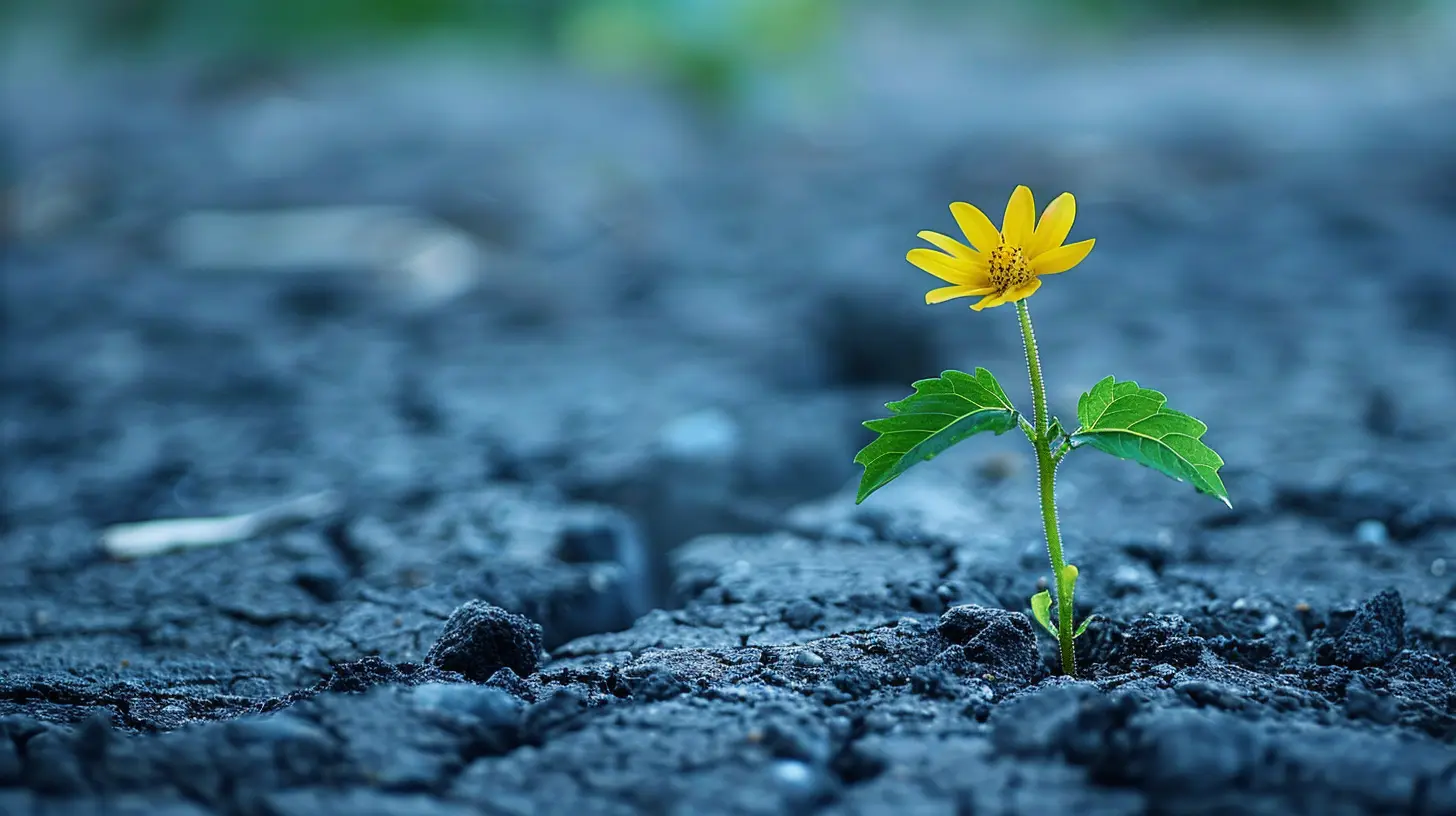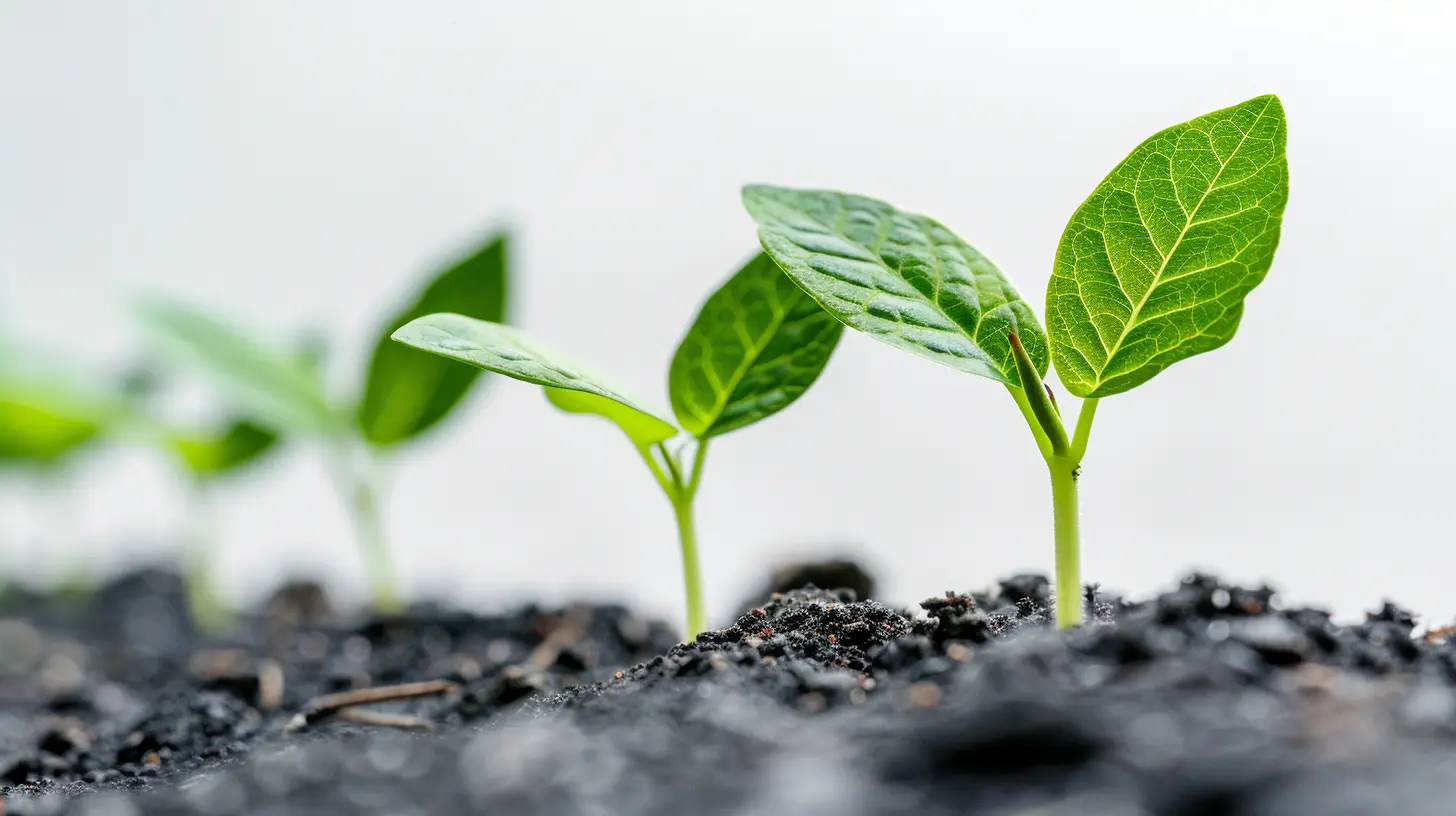Building a Resilient Business Model Through Sustainable Practices
9 June 2025
In today’s fast-paced, ever-changing world, building a resilient business model isn’t just a nice-to-have – it’s a survival strategy. If you're aiming for long-term success, relying on quick wins and short-term profits simply won’t cut it anymore. We live in a world where environmental, social, and economic shifts can flip an entire industry on its head overnight. That’s where sustainable practices come in—they’re no longer optional; they’re downright essential.
So, how do you not just keep your business afloat, but actually thrive—even when the tide turns against you? The answer lies in embedding sustainability into the core of your operations. Let’s break this down and see how you can do just that.
Why Resilience and Sustainability Go Hand in Hand
Let’s get something straight: resilience isn’t about having backup plans. It’s about adaptability, endurance, and foresight. And guess what? Sustainability offers all of that and more.Think of it this way—imagine your business as a tree. Without deep, healthy roots (sustainable practices), it won’t survive the storm (market disruptions, climate change, supply chain crises… you name it). Those roots provide stability, nourishment, and long-term growth potential.
When you focus on sustainability, you’re not just reducing carbon emissions or cutting waste. You’re building a flexible and future-proof business that can weather challenges and come out stronger on the other side.
What Is a Resilient Business Model, Anyway?
Let’s keep it simple. A resilient business model is one that:- Withstands shocks (economic downturns, regulations, pandemics)
- Adapts to changes (consumer behavior, technology, climate)
- Recovers quickly from disruptions
- Grows sustainably over time
It’s about being proactive, not reactive.
But here’s the thing: resilience doesn’t happen by accident. It requires intentionality—a strategic shift toward doing business in a way that benefits your bottom line AND the world around you.
The Pillars of Sustainable Business Practices
Let’s dig into the nuts and bolts. Here are the key pillars that help build a sustainable and resilient business model.1. Environmental Responsibility
Your business relies on natural resources—whether you realize it or not. Energy, water, raw materials—they all power your operations. And if these resources dry up or become too expensive, you're in trouble.What You Can Do:
- Switch to renewable energy sources
- Reduce waste and increase recycling
- Optimize supply chains for lower carbon footprints
- Use sustainable packaging
It's not just about being green—it’s about being smart.
2. Social Responsibility
A business doesn’t operate in a vacuum. You're part of a bigger ecosystem that includes employees, communities, suppliers, and customers. When people thrive, businesses thrive.What You Can Do:
- Offer fair wages and good working conditions
- Support diversity and inclusion
- Give back to the local community
- Choose ethical suppliers
When people believe in your mission, they stick around. That means less turnover, more brand loyalty, and better business.
3. Economic Resilience
Yes, profit matters. But it’s not the only metric for success. A sustainable business balances the books while investing in long-term value—not just quarterly numbers.What You Can Do:
- Invest in R&D for sustainable product innovation
- Diversify revenue streams
- Build strong relationships with stakeholders
- Focus on long-term planning over short-term gains
It’s about playing the long game and ensuring consistent returns over time.
Sustainability Isn’t Just a Trend – It’s a Competitive Advantage
Think sustainability is just a buzzword? Think again. Consumers are shifting. Investors are paying attention. Regulations are tightening. If you're not on board, you're falling behind.What Customers Want
Let’s be real—people care. They want to support brands that align with their values. If your business shows a genuine commitment to sustainability, customers will notice. And they’re more likely to stick with you.Investors Are Watching
Today’s investors look beyond profits—they’re interested in ESG (Environmental, Social, Governance) metrics. Businesses that prioritize sustainability often get better access to capital and enjoy more investor confidence.Talent Chooses You
Top talent isn’t just looking for a paycheck. They want purpose. They want impact. Sustainable companies attract passionate, driven employees who want to be part of something bigger.Implementing Sustainable Practices: Step-by-Step Guide
Not sure where to start? Don’t stress. You don’t need to overhaul everything overnight. Here’s a simple roadmap to get the ball rolling.Step 1: Start With a Sustainability Audit
Take a good, hard look at your operations.- Where are you wasting resources?
- What’s your carbon footprint?
- Where do your materials come from?
- What's your diversity and inclusion situation?
This baseline helps you identify your biggest opportunities for improvement.
Step 2: Set SMART Sustainability Goals
Be realistic but ambitious.- Reduce energy consumption by 20% in 12 months
- Eliminate single-use plastics in packaging
- Achieve carbon neutrality within 5 years
Make them Specific, Measurable, Achievable, Relevant, and Time-bound.
Step 3: Engage Stakeholders
Bring your team, suppliers, and even customers along for the ride. Sustainability isn’t a solo mission; it’s a group effort.Hold brainstorming sessions. Create green committees. Reward ideas and progress. The more buy-in you get, the better.
Step 4: Innovate Your Products and Services
People don’t just want sustainable companies—they want sustainable choices.- Can you use recycled or eco-friendly materials?
- Can you design products that last longer?
- Can you offer subscription or reuse models?
Innovation is key to staying relevant and profitable.
Step 5: Measure & Report Progress
What gets measured gets improved. Use sustainability metrics and share your progress transparently.- Carbon emissions
- Waste reduction
- Water usage
- Employee satisfaction
Reports not only build trust—they hold you accountable.
Real-Life Examples of Resilient, Sustainable Businesses
Still skeptical? Let’s look at some businesses that have walked the talk and come out on top.Patagonia
From using recycled materials to advocating for environmental causes, Patagonia has sustainability baked into its DNA. It's not just a clothing brand—it’s a movement. And it’s wildly profitable, proving values and profits can go hand-in-hand.Unilever
With its Sustainable Living Plan, Unilever has worked to reduce environmental impact across its entire supply chain. The result? Increased trust, improved efficiencies, and billions in annual revenue.Interface Carpet
Interface has reinvented its entire business around sustainable practices—like using fishing nets to make carpet tiles! They've cut greenhouse gas emissions drastically and built a loyal customer base in the process.Overcoming Common Barriers
Let’s be honest—going sustainable isn’t always easy. But every challenge has a solution.“It’s Too Expensive”
Think of sustainable investments as just that—investments. Many practices reduce long-term costs (think energy savings, reduced material waste). Plus, government incentives can take the edge off upfront costs.“We Don’t Know Where to Start”
That’s okay! Start small. Pick one area—like energy or packaging—and build from there. You’ll gain momentum as you go.“We’re Too Small To Make a Difference”
Not true. Every sustainable step makes a ripple. Plus, consumers actually expect smaller businesses to lead by example. It’s not about perfection—it’s about progress.Future-Proofing Your Business
Want to keep your business relevant in the next 5, 10, 20 years? You’ve got to look ahead. Climate change, resource scarcity, social movements—these aren’t future possibilities, they’re current realities.Sustainability isn’t just a strategy for resilience. It’s the foundation for innovation, brand strength, and long-term success.
Let your competitors chase quick wins. You? You’ll be building something stronger—rooted in purpose, powered by progress.
Final Thoughts
Building a resilient business model through sustainable practices isn’t some far-fetched, idealistic dream. It’s practical. It’s profitable. And it’s 100% achievable.You don’t need to change everything overnight, but you do need to start somewhere. Look at your operations through a sustainability lens. Make thoughtful changes. Bring your team onboard. Measure your impact. And, above all, stay consistent.
Because at the end of the day, being sustainable isn’t just good for the planet—it’s good for business.
all images in this post were generated using AI tools
Category:
SustainabilityAuthor:

Lily Pacheco
Discussion
rate this article
2 comments
Fenn Jenkins
Incorporating sustainable practices into a business model not only enhances resilience but also fosters long-term growth. By prioritizing environmental and social responsibility, companies can create value that transcends profit, aligning purpose with profitability in an ever-changing landscape.
June 16, 2025 at 2:56 AM

Lily Pacheco
Thank you for your insightful comment! I completely agree—sustainable practices are essential for fostering resilience and long-term growth while creating shared value in today's dynamic environment.
Lisette McVeigh
This article compellingly highlights the importance of integrating sustainability into business models. However, it could delve deeper into the specific challenges organizations face in this transition, such as balancing short-term profits with long-term investments in sustainability. Ultimately, resilience must be both strategic and adaptable to changing market dynamics.
June 12, 2025 at 12:41 PM

Lily Pacheco
Thank you for your insightful feedback! I appreciate your suggestion to explore the challenges of balancing short-term and long-term goals in sustainability. I'll consider adding more depth on resilience and adaptability in future revisions.


